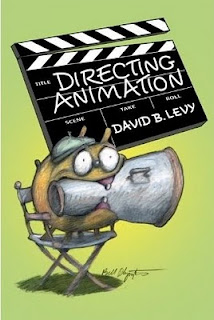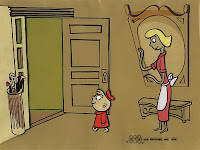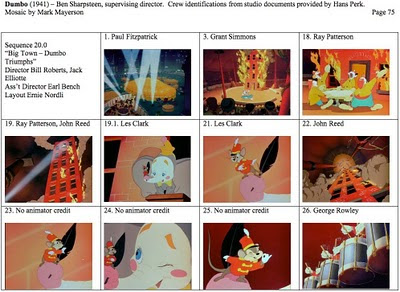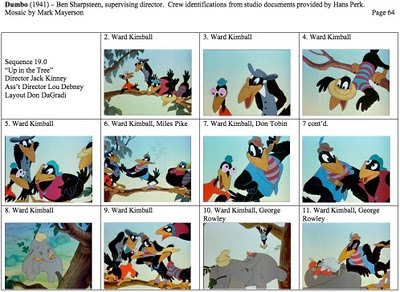David Levy's books have consistent strengths. His tone is friendly and conversational. He is willing to admit mistakes he's made in his career, which gives him credibility. He interviews a wide selection of other animation professionals, so the books are not limited to Levy's own viewpoint. His greatest strength is his concern for the people side of the animation business. Levy always focuses on behaving professionally, communicating clearly and being organized so as not to sabotage a project or one's own career. All of these strengths are present in his latest book, Directing Animation . It includes chapters on directing indie films, commercials, TV series, features and for the web. Interview subjects include Bill Plympton, Tatiana Rosenthal, Nina Paley, Michael Sporn, PES, Xeth Feinberg, Tom Warburton, Yvette Kaplan and many others. Each of these people relate good and bad experiences they've had directing, giving a rounded view of the job and a host of thi...





















